Walking is great for your health and well-being, and gives access to amazing landscapes and experiences but it’s important we take care of the environment and that we are aware of sustainability issues. Here we bring you a guide to how to walk responsibly.
Why do we need responsible walkers?
As walkers we are already taking responsible steps to protecting our environment because our carbon footprint is far less if we walk rather than drive, or even take public transport. But there is more we can do. As walkers, we should hold ourselves responsible for maintaining the environment in as pristine condition as possible, both for the well-being of wildlife and nature and for future generations of walkers. In acting responsibly and taking care of the environment, walkers will be able to continue to enjoy the world's landscapes at their natural best. The flora and faun thrive, too. The more people who are – and become – responsible walkers, the better the future will be for new walkers.
Responsible walking everywhere
Mention responsible tourism and the chances are you’ll think about places such as the Himalayas or the Arctic. These are locations where environmental and cultural sensitivities are often headline topics for responsible travellers and travel companies. While these issues are certainly very important in these far-flung places, responsible tourism is also a vital consideration closer to home. Whether you are walking the dog in the local countryside, hiking a long-distance trail, such as the Appalachian trail or the West Highland Way, enjoying a walking holiday in Europe, or hiking the Inca Trail in Peru, you should always consider your environmental and cultural impact.

Walk lightly and carefully
Every step that we take in the countryside creates the tiniest bit of erosion. On hard-packed terrain on a dry day it might seem impossibly small, yet if many hundreds of people take thousands of steps in one trail, you can see how this accumulative erosion can have an impact. On a wet and muddy day, the erosion will be greater still. So it is important that where there are paths – and signs to paths – these are followed as closely as possible to limit the scale of under-foot erosion. Paths are often built so as to lead walkers away from areas of sensitive habitats or where conservation is more important than usual. If you are part of a group you should walk single file in the middle of the path. In the Cairngorms National Park, in Scotland, for example, one of the aims of The Mountains and The People project is to repair and upgrade paths so as to limit path erosion and conserve vulnerable habitats. The same work is carried out all over the world with similar goals and so, as walkers, we should aim to respect and use paths and signage where possible.

Outdoors access rights
Many countries have laws that govern the rights of outdoors users. These include guidelines about responsible walking, as well as cycling and camping. Take a look at our previous blog about Outdoors access in England, Wales and Scotland. You can also read more about the Scottish Outdoor Access Code, which offers an amazing freedom of access across most of the country’s landscape. However, deer stalking season is also a big part of the culture in Scotland and this creates walking access restrictions. Check out the Heading for the Scottish Hills guide in the main season between July 1 and to October 20. There is another “hind season” until February 15 so it’s important you check which estates are out of bounds to walkers. Hunting also takes place in France, Italy and Spain. Look out for signs that say “chasse”, “caccia” or “caza”, especially around end August until the month of October. Byelaws surrounding wild camping have also been introduced to areas of Loch Lomond & the Trossachs National Park (which affect West Highland Way walkers) due to environmental damage and concerns.

Leave no trace
This literally means you should leave no trace as you walk, including any kind of human waste and 21st century paraphernalia. Most walkers understand that items such as food wrappers, plastic bottles and camping equipment are an environmental no-no so they should be wrapped up and taken home. But still people drop banana skins and toilet paper because they believe they are biodegradable. They might be in the very long term but they still have the potential to disturb the natural environment in the short-term. Have a read of the seven principles of the Leave No Trace campaign to make sure you are fully aware of what leave no trace really means for walkers. The key rules are that you dispose of all waste appropriately and leave nothing behind. In some countries, such as Norway, it is a cultural norm to collect any litter you see in the countryside (even if it not your own) and take it away with you to dispose of correctly. A wonderful attitude to protecting the environment we can all be inspired by.
Please don’t touch
Most flora and fauna thrive when left alone. In some environments, the habitats are extremely fragile. It’s important that as walkers we are highly sensitive to the environments of our wildlife, plants, flowers and trees and that we aim not to touch, pick or disturb.
Dogs and responsible walkers
Many people take their dogs with them on a walking holiday, as well as on daily walks in the countryside. There are some obvious rules such as making sure dog waste is bagged and taken away with you. It’s also important that dogs are kept on leads around livestock and where signs indicate. Also see seasonal advice, as detailed by the Scottish Outdoors Access Code, but which applies to many areas of the world.
Quick tips for responsible walking
- Follow way-markings, paths and trails where you see them rather than staying off the path.
- Walk single file in the middle of the trail, even when wet or muddy.
- Use stiles and ladders to climb over fences and walls to avoid erosion.
- If you are wild camping, pitch at least 60m from lakes and streams.
- Deposit solid human waste 15-20cm deep and at least 60m from water and trails. Cover and disguise the hole when finished. Or take it away with you in a sealed bag.
- Leave no trace. That means bagging up and taking away all rubbish and never leaving behind any item of kit or equipment.
- Respect all rules about fires. Many national parks do not allow them. In wilder areas, you should construct only small fires within a carefully constructed fire ring. Leave no trace of the fire afterwards.
- A responsible walker is also an insured walker. While some countries have a free-of-charge rescue service, many others charge for this if you need to call them out in an emergency. Make sure you are insured in case of an accident while walking.
Original Blog post from May 2017 updated in March 2021












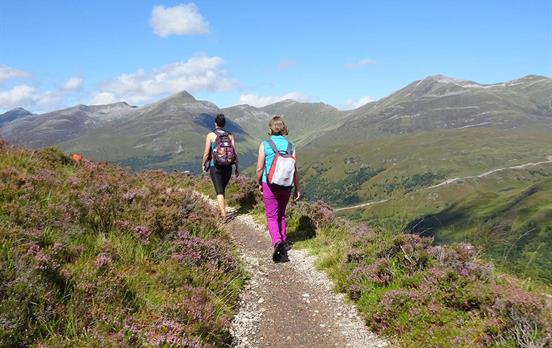
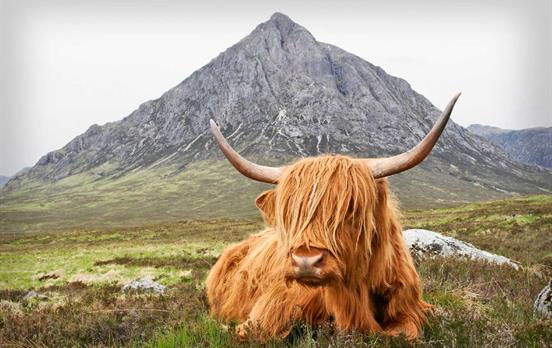
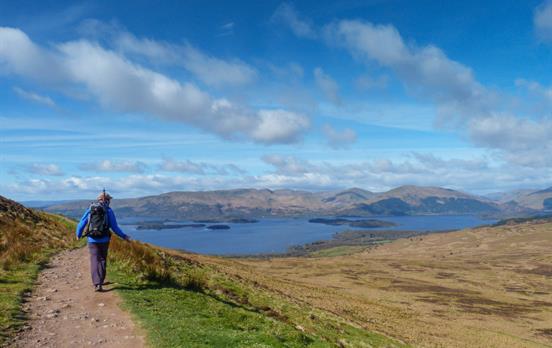
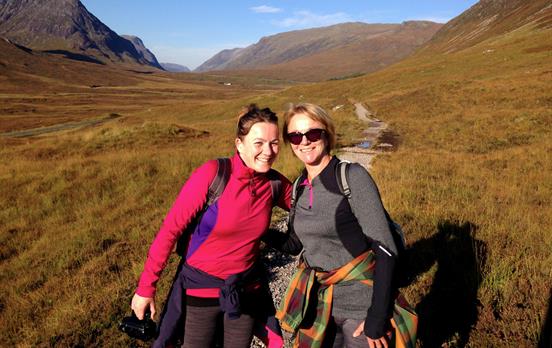
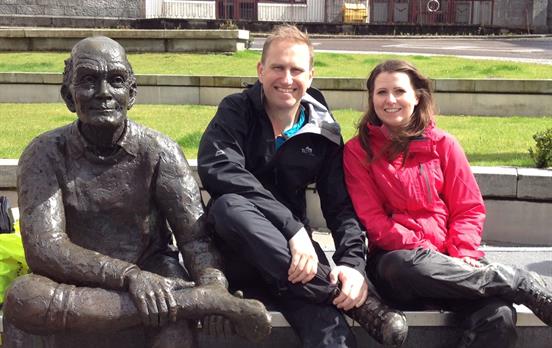
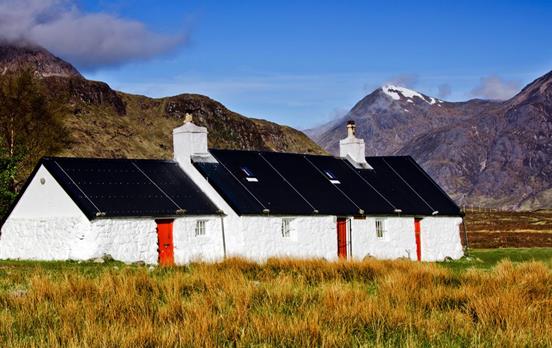
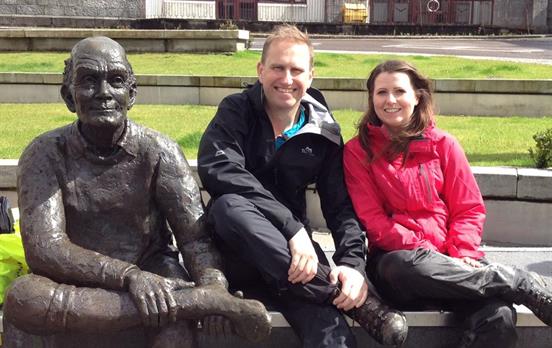
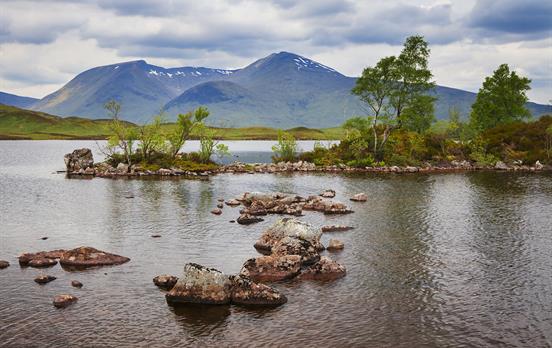

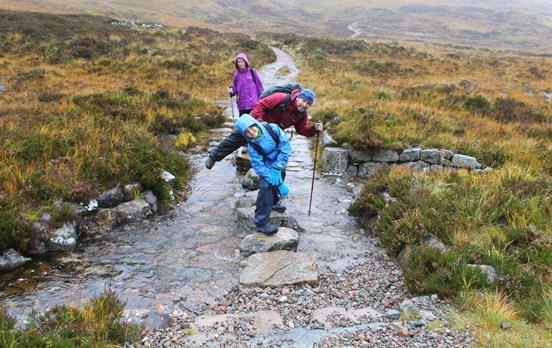
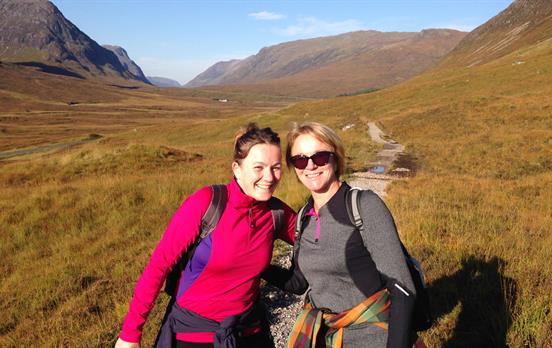
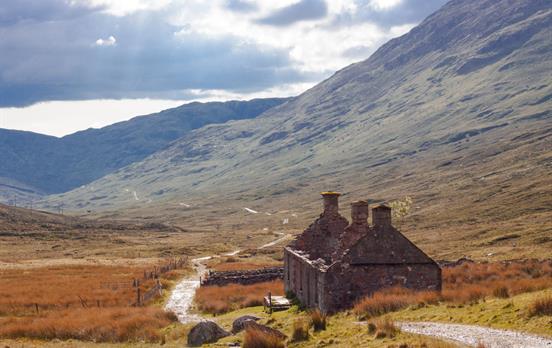
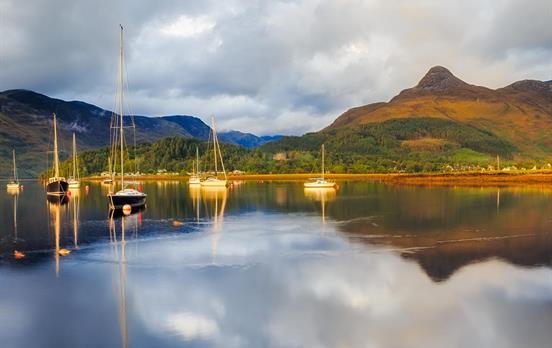
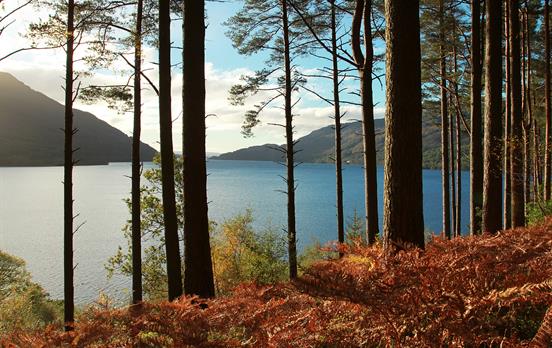

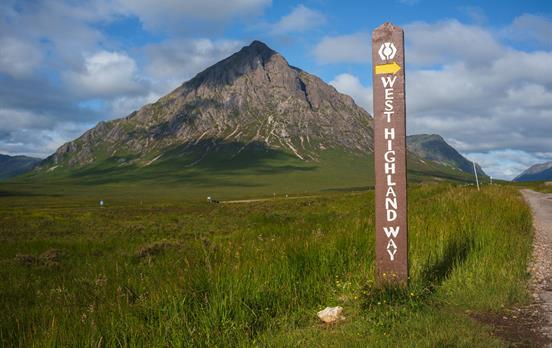
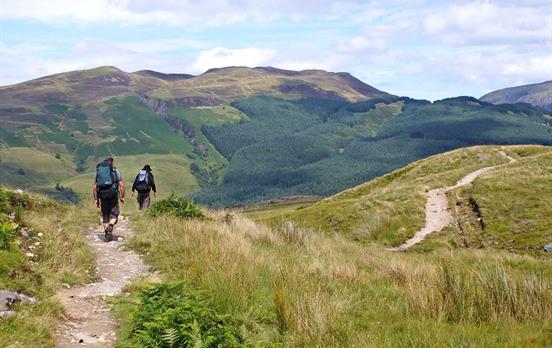
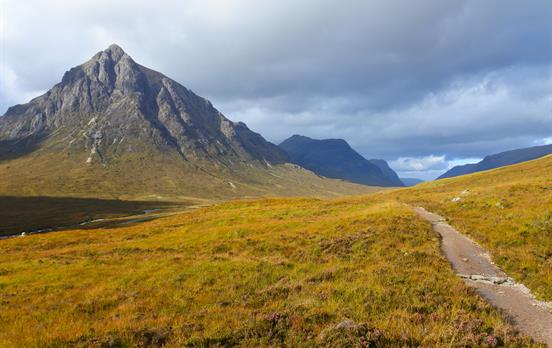

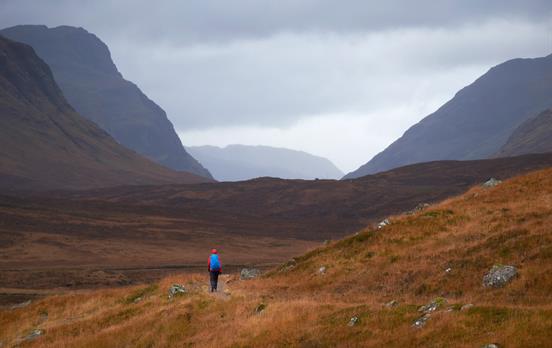
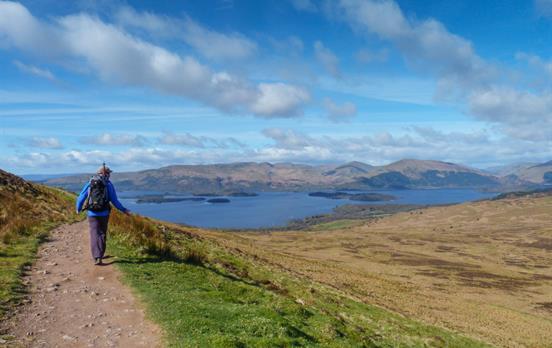
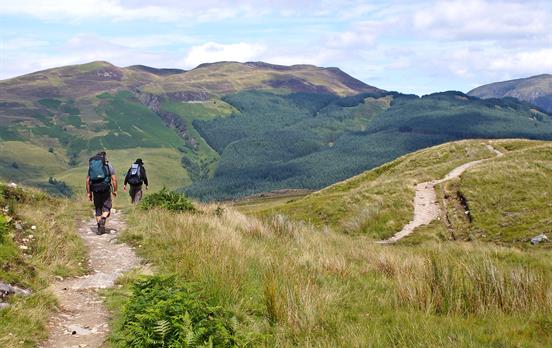

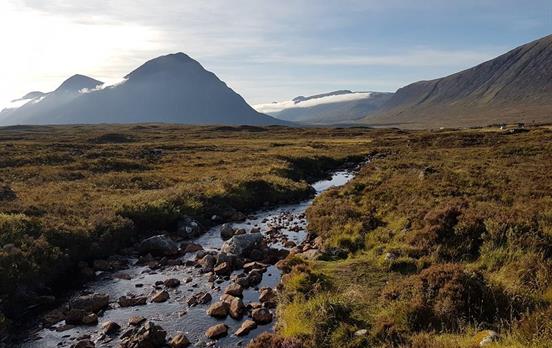
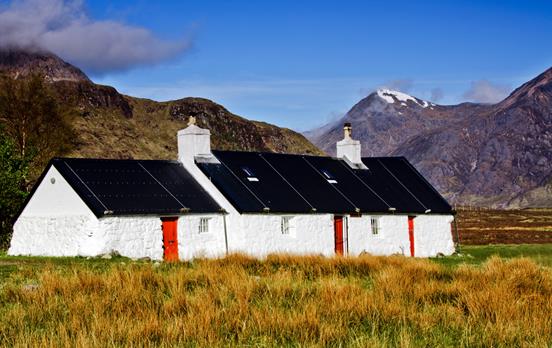

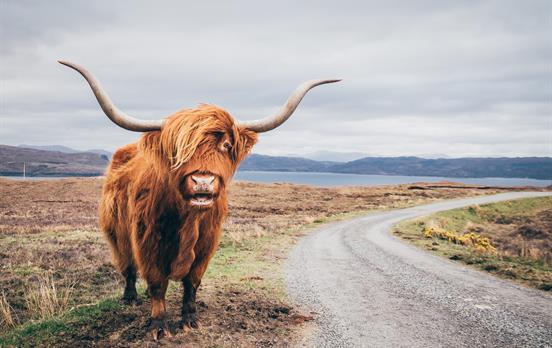

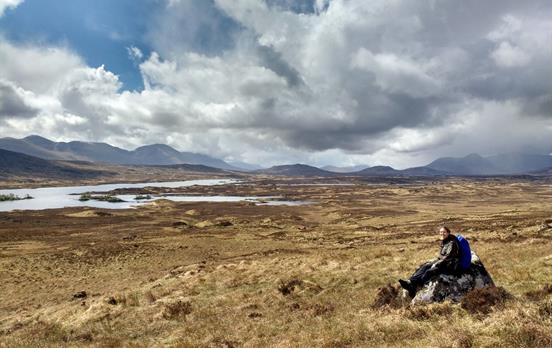
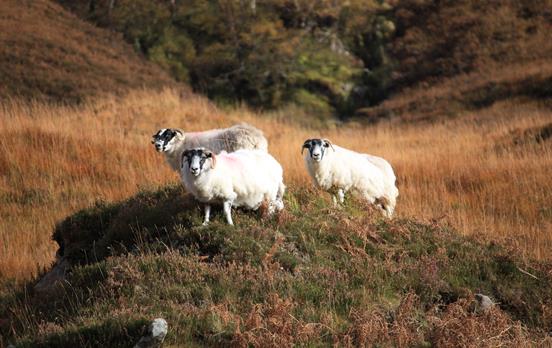
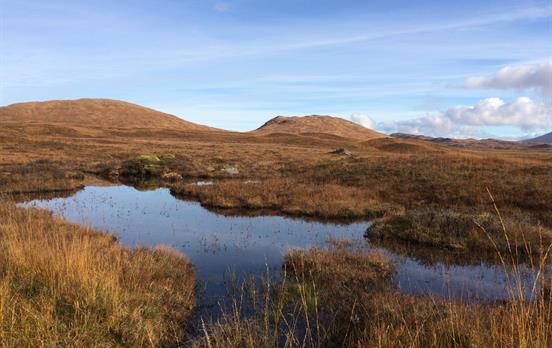
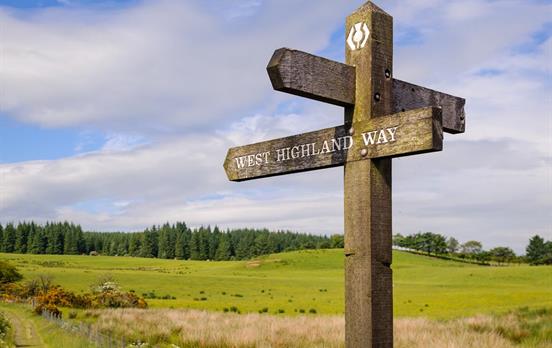
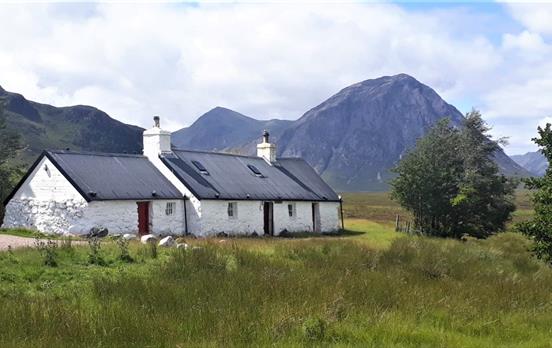
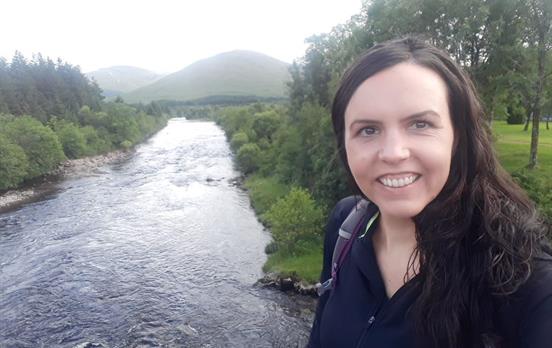
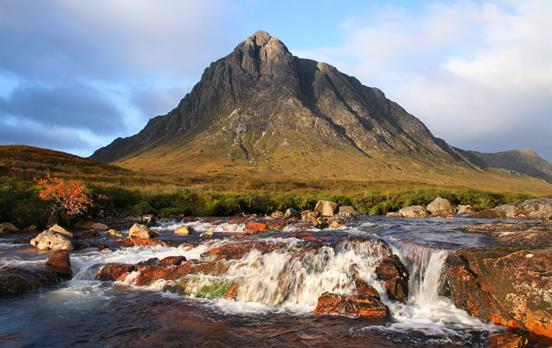
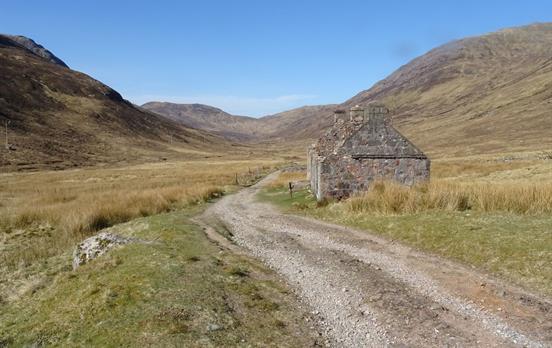


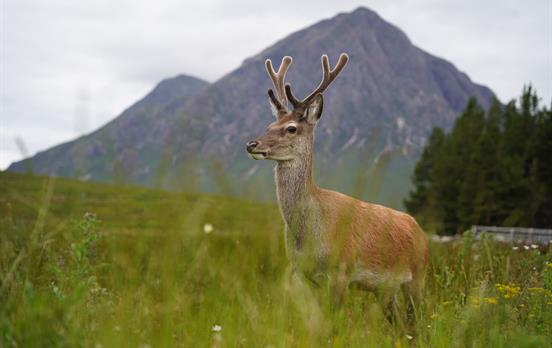
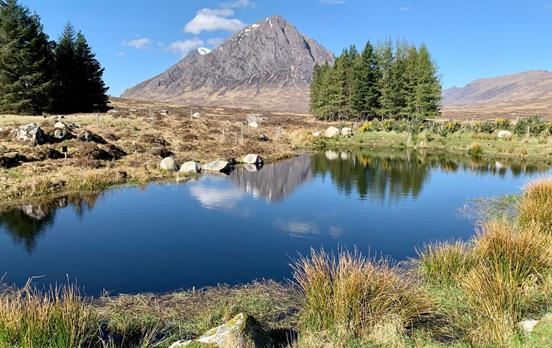
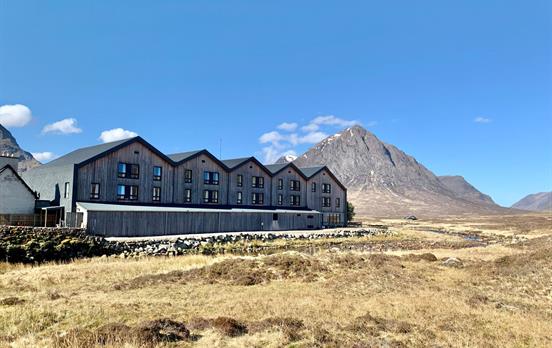
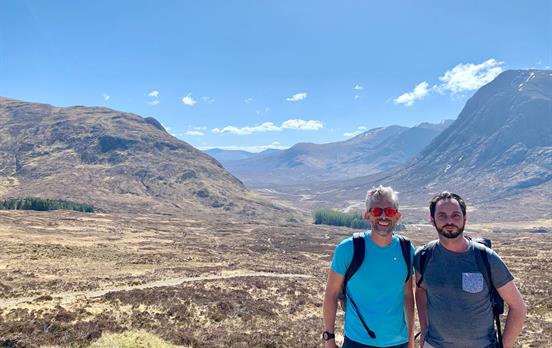

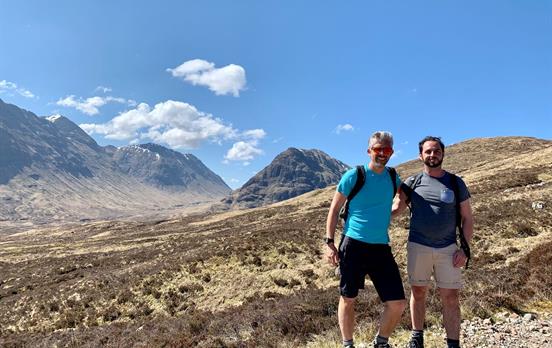
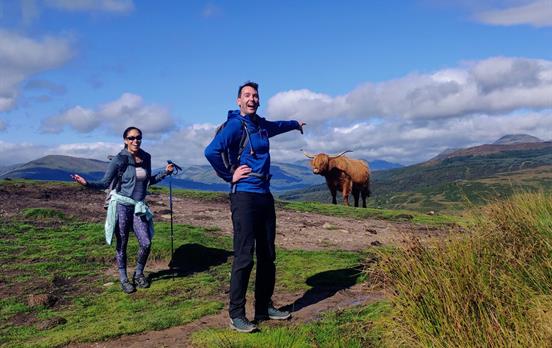

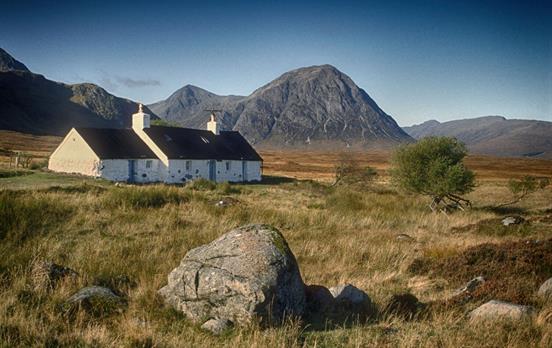


 Canada
Canada